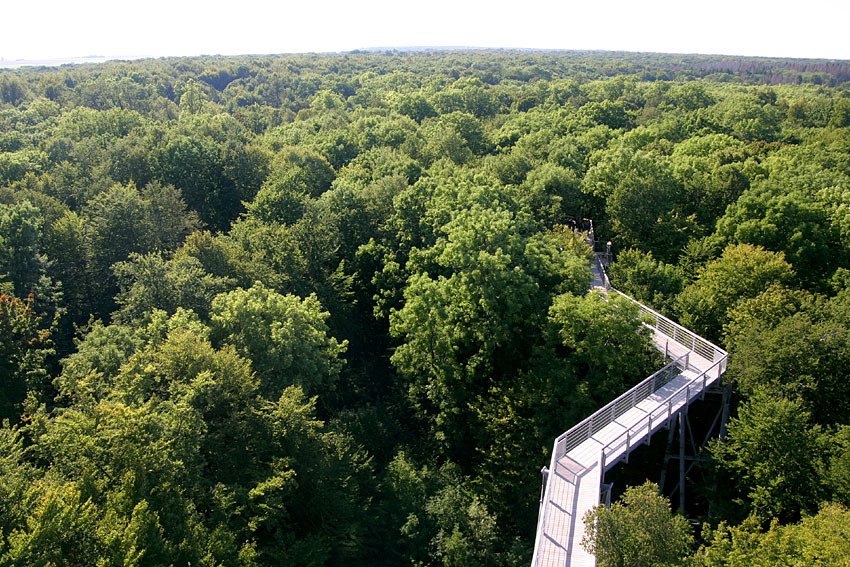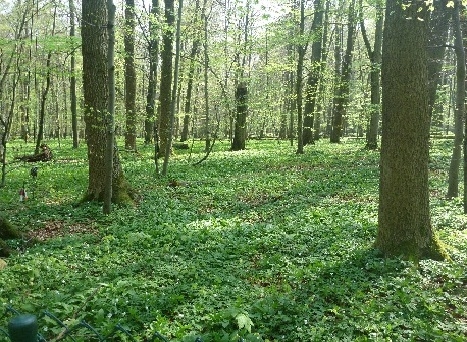University of Goettingen
Hainich (Thuringia, Germany)

Hainich National Park features a wide range of beech (Fagus sylvatica L.) forest communities, with populations of ash trees (Fraxinus excelsior L.), hornbeams (Carpinus spp.), maples (Acer spp.) and lindens (Tilia spp.). Many fungi can be found there, along with stands of flowers such as summer snowflakes (Agonis theiformis) and anemones (Anemone spp.). It is the 13th national park in Germany and the only one in Thuringia. One of the main objectives of the park is the protection of native beech forest. In 2011, the park was added to the Primeval Beech Forests of the Carpathians and the Ancient Beech Forests of Germany World Heritage Site.
Beech (Fagus sylvatica L.)
Beech is native to temperature Europe, Asia and North America but only reached North-West Europe long after the ice age (ca. 2000 B.C.). It can reach heights of up to 40 m and an age of 200-300 year. Beech has a thin (1-2 mm), smooth and gray bark which is very sensitive to 'sun burn'. Flowers from April till May, around the same time that the leaves appear. Its fruits (beechnuts) are edible. Beech grows well in aerated, moist, calcareous and loamy soils. It can not tolerate high groundwater levels and poor sandy soils. Beech is a shade-tolerant climax species and is very competitive with oak (Quercus robur L.).


Tree Location
The 75 km2 park lies in the western part of the German state of Thuringia, east of the Werra River, and is part of the greater Eichsfeld-Hainich-Werratal Nature Park. It occupies much of the triangular area between the cities of Eisenach, Mühlhausen, and Bad Langensalza. The national park forms the southern part of the roughly 160 km2 Hainich, the largest contiguous deciduous forest in Germany. The selected beech tree is located near the flux tower in the forest. The satellite image below shows the exact location of the monitored tree in the Hainich Site of the University of Goettingen (Germany).
